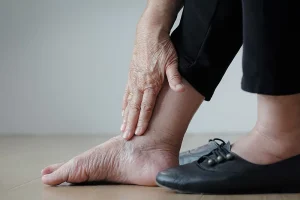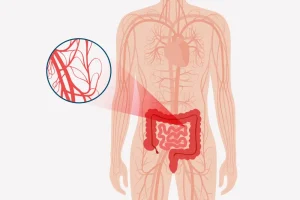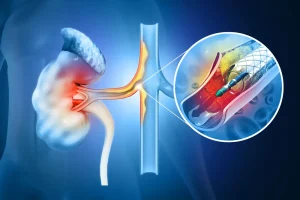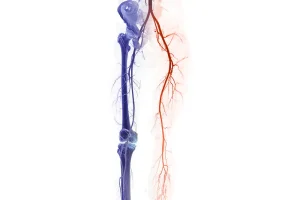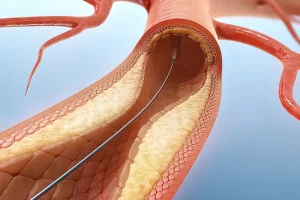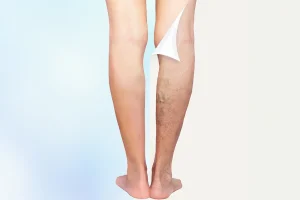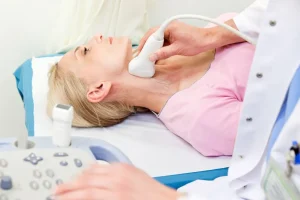Pelvic Varicose Veins Treatment Through Embolization or Venous Stenting
- Medically checked
Home » Pelvic Varicose Veins Treatment Through Embolization or Venous Stenting
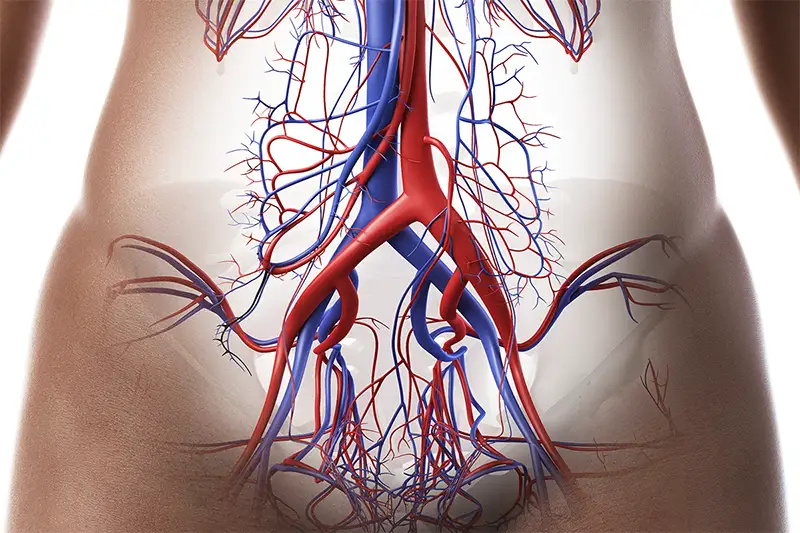
What Are Pelvic Varicose Veins?
Pelvic varicose veins are dilated veins in the pelvic area that develop when blood cannot flow efficiently back to the heart. As a result, blood tends to pool in the veins around the pelvic organs, causing symptoms that affect daily comfort. You may feel a sensation of heaviness in the lower abdomen, pelvic pain, or even discomfort during intercourse. This condition is common in women of reproductive age but can also affect men, causing related conditions such as varicocele and hemorrhoids.
Why Do Pelvic Varicose Veins Occur?
The veins in the pelvic area, including those around the ovaries and genital organs, play an essential role in carrying blood back to the heart. However, when the vein valves do not function properly, blood accumulates and the veins dilate, creating pressure on nearby organs.
Additionally, standing or sitting for long periods and the gravitational pressure on blood flow can worsen symptoms throughout the day. If you notice your symptoms intensify after long periods of standing, this condition may be the cause of your discomfort.
Symptoms of Pelvic Varicose Veins
Some of the most common symptoms of pelvic varicose veins include:
- Pelvic pain or heaviness – a persistent feeling of pressure in the lower abdomen.
- Urinary incontinence – caused by the dilated veins pressing on the bladder.
- Discomfort in the colon – which may lead to irritable bowel syndrome.
- Pain during intercourse – which can be intermittent or constant.
These symptoms may improve or even temporarily disappear when lying down with the pelvis elevated, as this position helps blood flow more effectively.
Treatment of Pelvic Varicose Veins Through Embolization
Embolization is a minimally invasive and highly effective procedure that can quickly relieve painful or chronic discomfort caused by pelvic varicose veins. This method is especially recommended to restore balanced circulation without affecting surrounding organs. The procedure is performed with great precision: the doctor inserts a thin catheter into the affected vein, using Doppler imaging to locate the exact dilated area. Then, a special substance (called a sclerosant) is injected to block blood flow in the affected vein, causing it to close and gradually be absorbed by the body.
Compared to other treatments that use heat or laser, embolization is a gentle method for the body, offering precise action without risk to surrounding tissues or organs. The procedure lasts about an hour and does not require hospitalization, allowing you to return quickly to daily activities. Many patients treated at our clinic have told us they felt an improvement in just a few days, noticing a clear reduction in pain and pelvic pressure.
According to clinical studies, pelvic vein embolization is a safe and effective procedure with a success rate of 84.4% and significant improvement in pelvic pain symptoms among women with venous conditions, demonstrating its importance in managing chronic discomfort. Embolization is therefore a safe and modern solution that provides lasting results and quick recovery so you can return to your normal life as soon as possible.
Treatment of Pelvic Varicose Veins Through Venous Stenting
If you suffer from venous compression, we may recommend venous stenting. This involves inserting a stent (a small metal tube) into the affected vein to keep it open and maintain proper blood flow. At VenArt, we perform this procedure using advanced imaging guidance, and our doctors have extensive experience with such interventions.
A common example of venous compression is May-Thurner Syndrome. This condition occurs when the left common iliac vein is compressed by the right iliac artery, significantly affecting blood flow in the pelvic veins. Its incidence is twice as high in women compared to men, suggesting that female pelvic anatomy can worsen this compression.
Associated symptoms include swelling, pain, and an increased risk of venous thrombosis, highlighting the importance of accurate diagnosis and therapeutic interventions such as embolization or stenting of the pelvic veins to alleviate these conditions.
Venous Stenting for Pelvic Veins in Post-Thrombotic Syndrome
In cases of post-thrombotic syndrome, venous stenting can play a crucial role in restoring proper blood flow. Post-thrombotic syndrome often occurs after deep vein thrombosis and is marked by pain, swelling, and chronic discomfort, significantly affecting quality of life.
Venous stenting involves placing a stent in the affected pelvic veins to reduce pain and improve blood circulation. Our specialized doctors use advanced technology to ensure a successful intervention tailored to your specific needs. This minimally invasive technique not only helps alleviate symptoms but also provides a quicker recovery so you can return to daily activities without discomfort.
Conclusion
Pelvic varicose veins can significantly affect your quality of life, causing discomfort and unpleasant symptoms. However, modern and effective solutions such as embolization and venous stenting are available. Both options offer significant benefits, but choosing the most suitable method depends on your individual needs and medical assessment.
If you are experiencing symptoms related to pelvic varicose veins, we encourage you to schedule a consultation at VenArt Clinic, where our team of specialists will guide you through the diagnostic process and offer you the best treatment options.
https://www.jvscit.org/article/S2468-4287(21)00132-5/fulltext
https://www.sciencedirect.com/science/article/pii/S2213333X15000104
https://www.sciencedirect.com/science/article/abs/pii/S1051044320305340
Medical Consultant: Dr. Jérôme Cau

